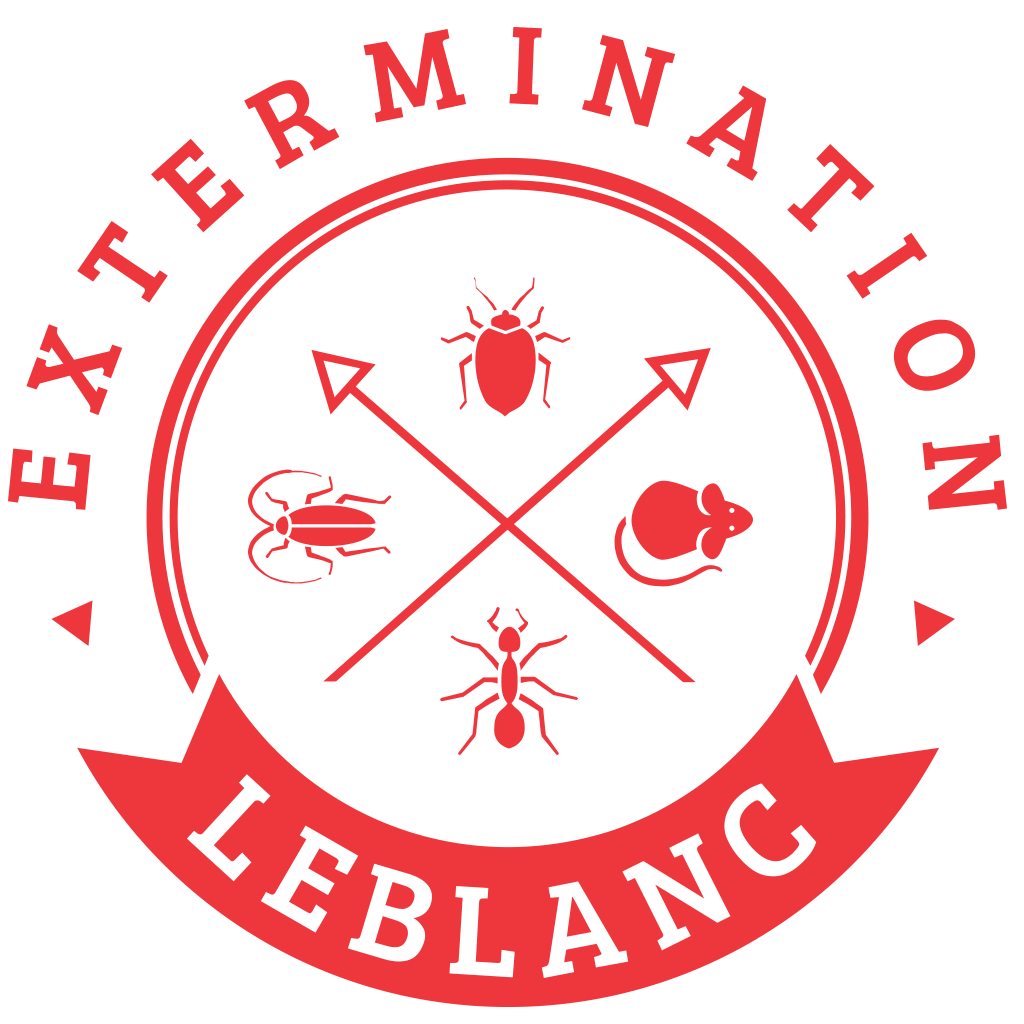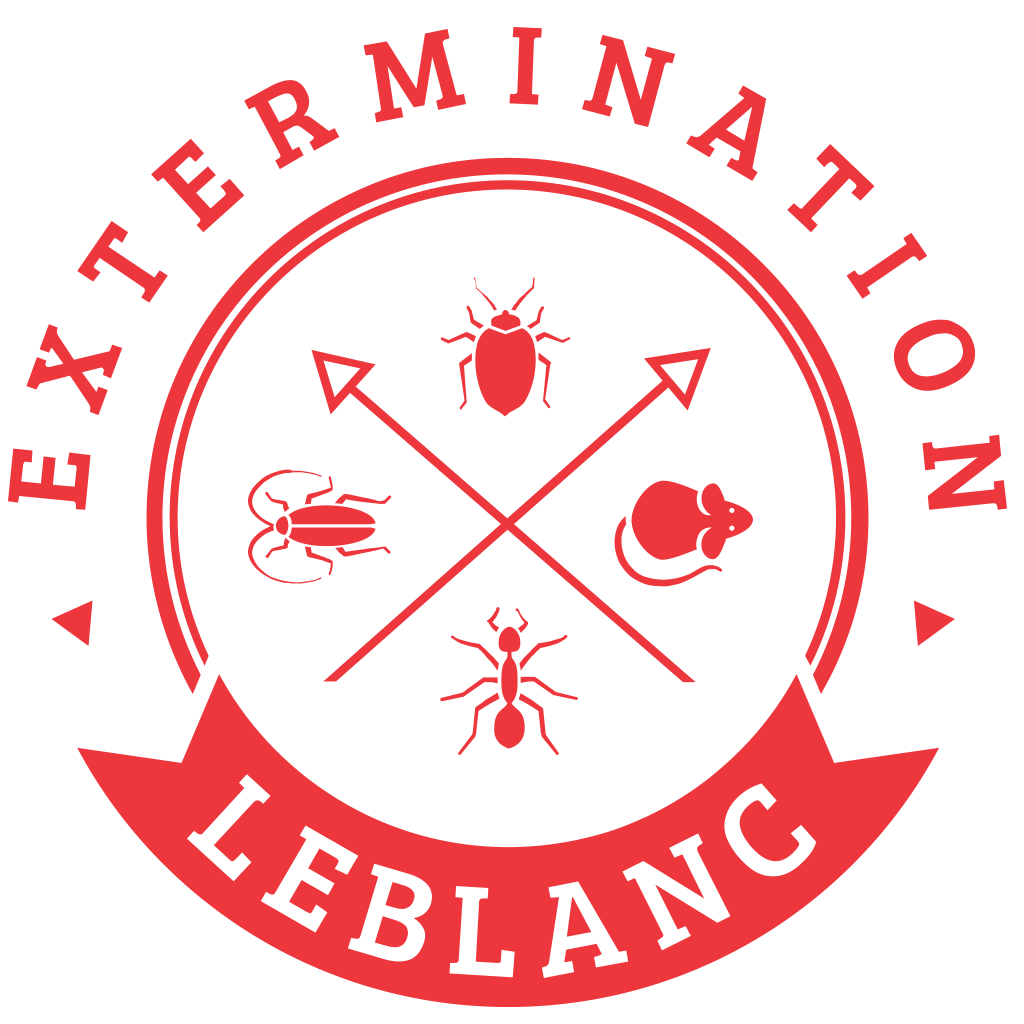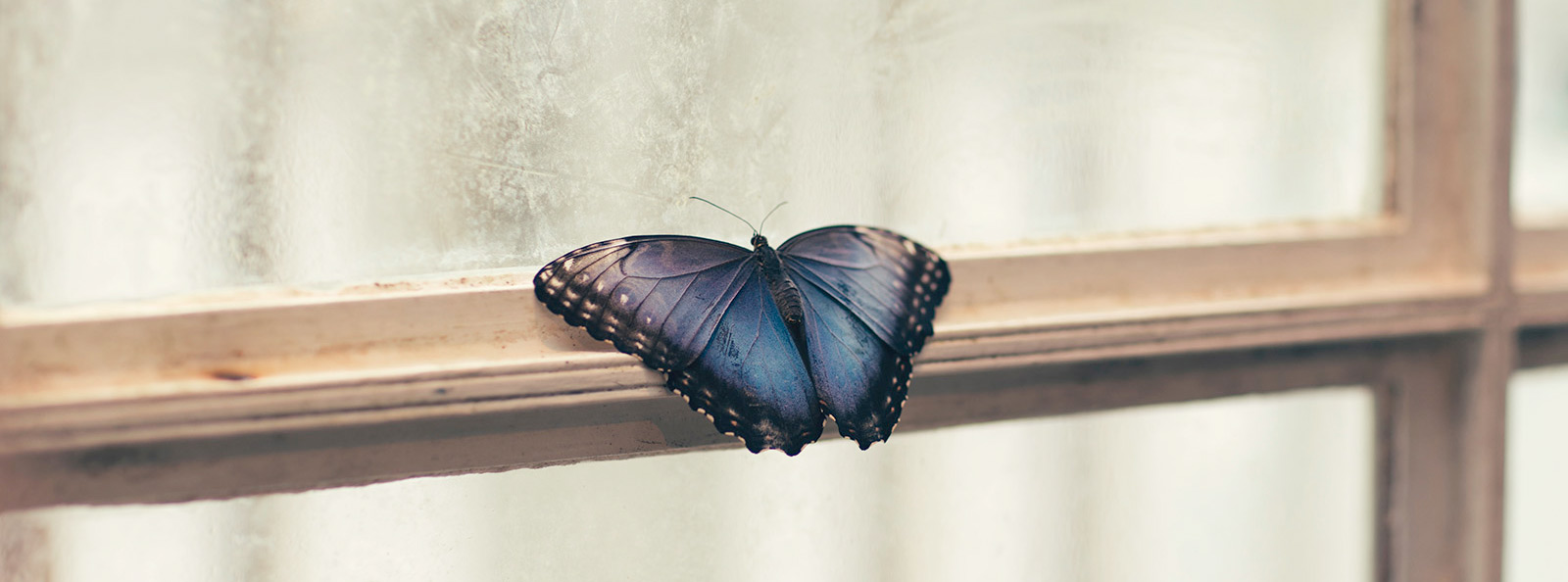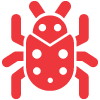Butterflies / Moths
In the adult stage, the moth is a small butterfly with a body measuring 10 mm and its wings spanning 16 mm. The base of its interior wings is of a greyish white with dark spots; the extremity is brownish red with copper reflections and furrowed with irregular bands. The hind wings are a silver grey. The larvae is a small caterpillar measuring 15 mm in length, is whitish or pinkish in colour and has a brown head. Its colour may vary depending upon the food it has ingested.
LIFE CYCLE
A female usually starts laying eggs three days after her emergence. She will lay between 200 to 400 eggs on food products that she will have infested or in a location nearby. In normal temperatures, the eggs will hatch three days later. The larval stage lasts 40 days but can last up to one year when conditions are favorable. The larva, when ready to reproduce, will weave a cocoon on the surface of infested products or in cracks or adjacent crevasses. It’s only one to four weeks later that the butterfly will emerge. When conditions related to temperature are favorable and food is abundant, there can be four or even five generations per year.
To avoid moth infestation:
Examine all food and packaging to make sure that they are exempts of parasites. Be certain of the freshness of the food bought. Buy small portions of cereal products and this especially in the summer. Keep food surpluses in sealed containers in order to avoid that present insects don’t spread to other foods. Don’t store food for long periods. When Moths are present, the first step is to determine the source of the infestation and eliminate all contaminated food products. A good cleaning of the infested area is required. All cocoons found attached to shelves, walls and ceiling must be removed. Particular attention must be brought to all cracks and crevasses. Eliminating infested food product and a thorough cleaning is often enough to fix the problem.
An infestation is most often caused by the introduction of food products that are infected. When one lives in proximity of an area that is infested, the adults can go from one location to another by flying.
Many food products are the target of the Indian Meal Moth; flour, wheat, bran, dehydrated fruits, nuts, seeds, chocolate, powdered milk, etc. They occasionally consume vegetable-based and animal dried substances such as insect collections, museum specimens, dried herbs and pet food. They often lay their eggs in rippled cardboard. Damages are caused by the larvae. Infected food is entangled with silk thread and covered with larvae excrements. The moths can be seen flying in dark locations but will hide from the light.
Are you ready to ride yourself of invading moths?











